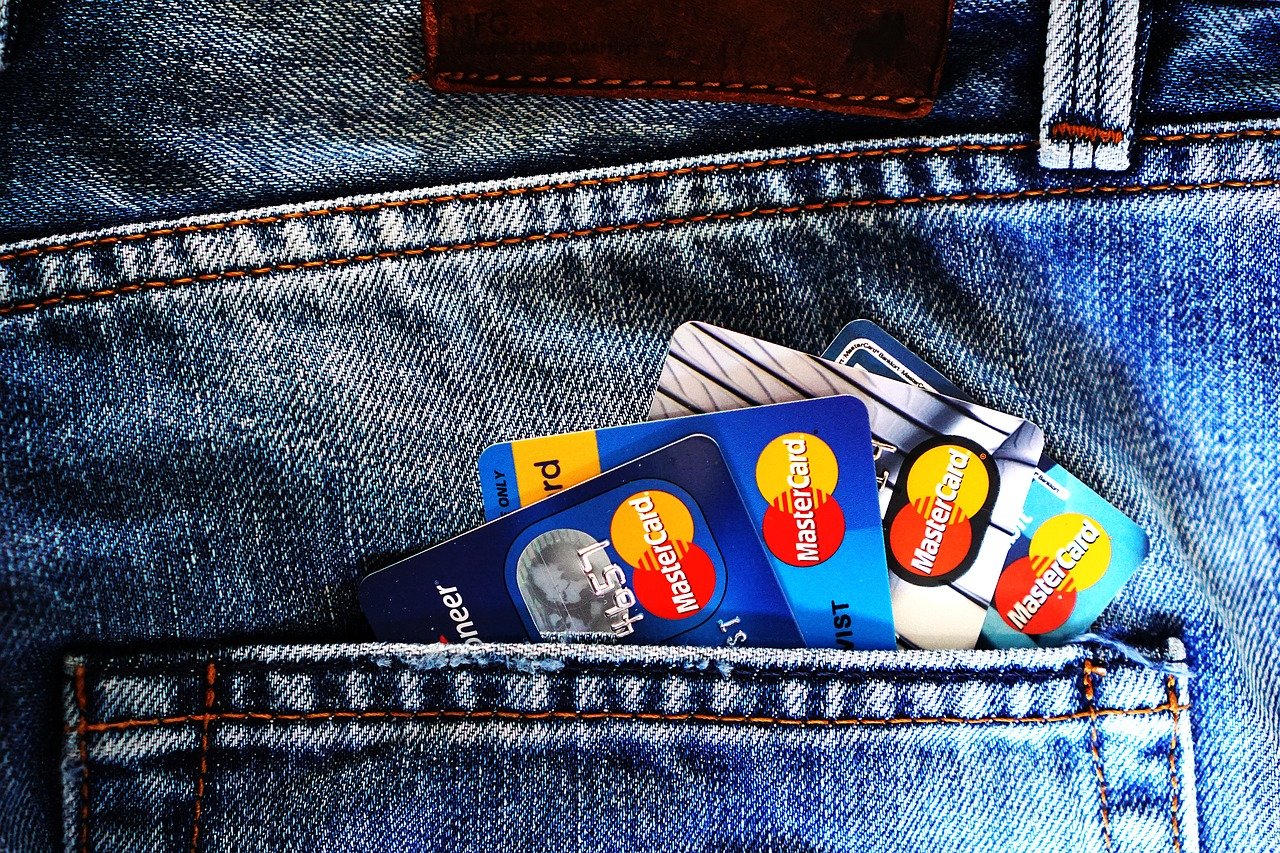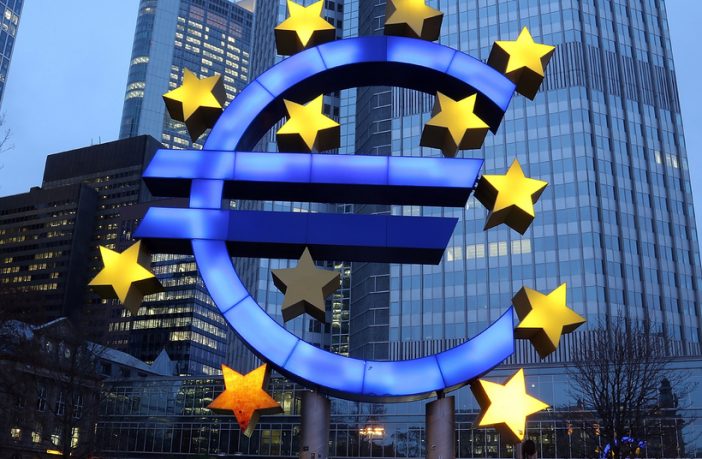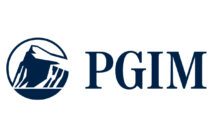Why EU banks are tightening the rules for granting of loans
The consequences of the pandemic are still limiting the development of the global market. Financial institutions have not fully recovered from the crisis, and are forced to resort to various measures to improve the situation. Among them are the EU banks, which have reduced lending to both companies and households. Due to the lockdown, the number of bad loans has risen sharply, and management fears a repeat of this scenario.
The results of a quarterly review from the European Central Bank showed that many EU financial institutions have revised their lending rules toward tightening. The most stringent rules of registration of the loan are observed in French banks. The regulator notes that such trends are negative for the EU economy, which is still recovering from the pandemic. In addition, restrictions in issuing loans reduces the effectiveness of measures from the ECB, aimed at minimizing the losses of the sector.
Reasons for such decisions on the part of EU banks, the regulator calls the high level of risks that accompany the process of economic recovery. There is also growing concern about whether borrowers will be able to repay loans on time, as many have lost their jobs and are experiencing various difficulties.
What measures will be taken by the EU Central Bank about the situation – is not known yet.  Another news from the regulator was a project that makes the use of green assets more transparent. So far, only the bank is considering the possibility of introducing mandatory publication of information about what share of investments of financial institutions is occupied by projects related to green energy and environmental initiatives. If this document is adopted, all banks will have to report on the revenues received from this direction. Such a requirement will also apply to bank lenders.
Another news from the regulator was a project that makes the use of green assets more transparent. So far, only the bank is considering the possibility of introducing mandatory publication of information about what share of investments of financial institutions is occupied by projects related to green energy and environmental initiatives. If this document is adopted, all banks will have to report on the revenues received from this direction. Such a requirement will also apply to bank lenders.
The GAR indicator will show how many environmentally friendly loans a customer has, as well as whether they have invested in green bonds. This data is expressed as a fraction of total assets. In addition, the ratio shows a company’s transition and progress from generating income through fossil fuels or energy to using renewable energy. It can also provide a detailed picture of the extent to which banks are contributing to increased green investments.
The aim of this innovation from the EU Central Bank is to encourage financial institutions and their customers to increase the share of green projects in their investment portfolios. In addition, the GAR indicator will make it possible to monitor compliance with the Paris Agreement, aimed at reducing the rate of global warming. It is planned that the new rules from the regulator will come into force this year, but they have not yet been approved, and the final version of the document has not been submitted.




